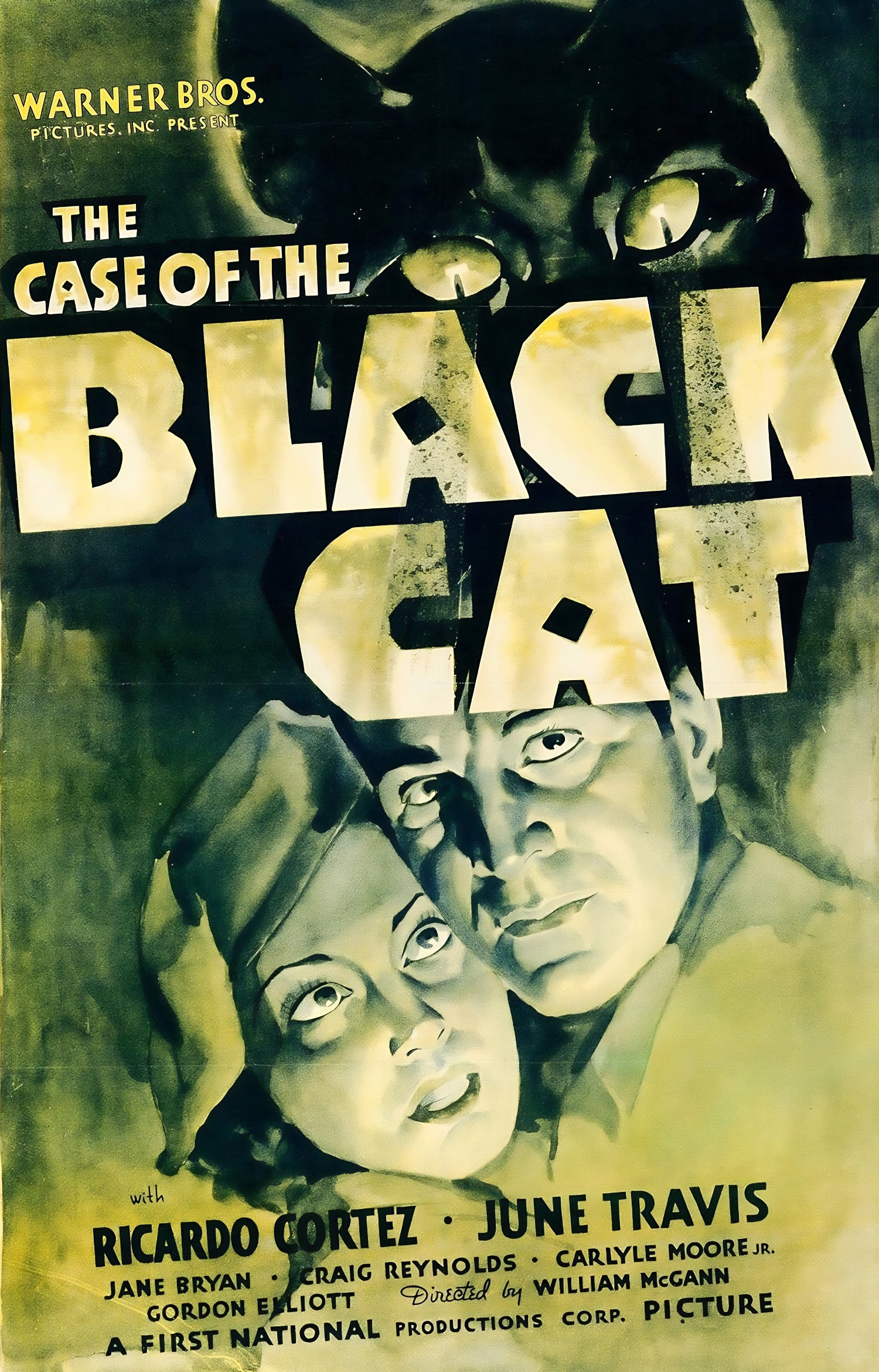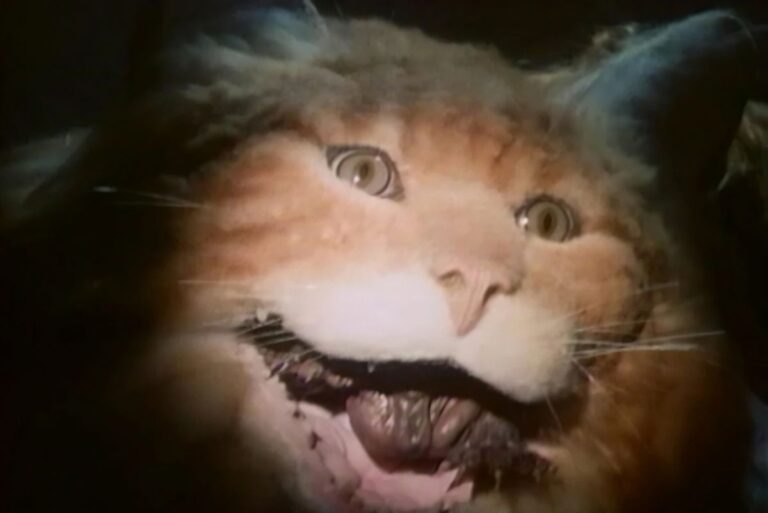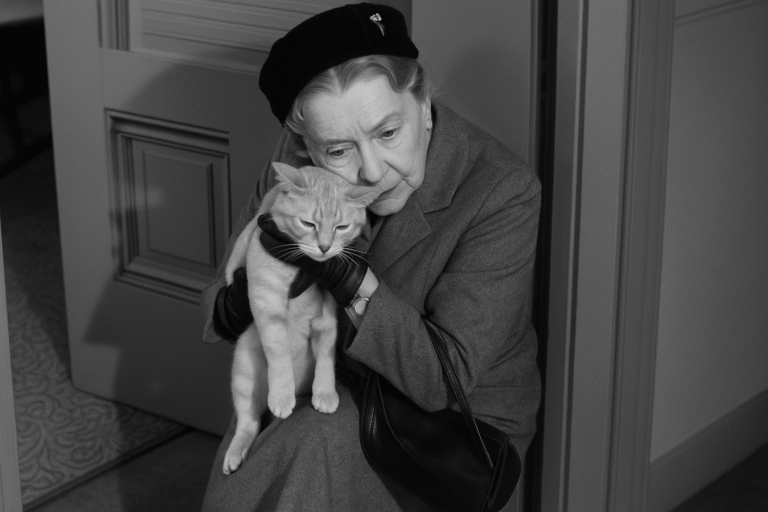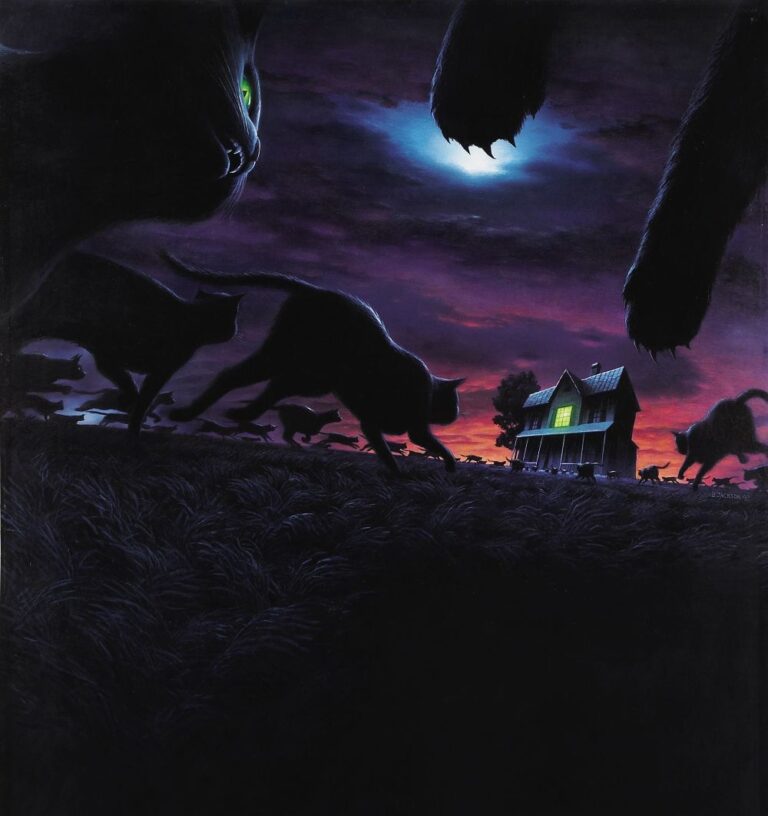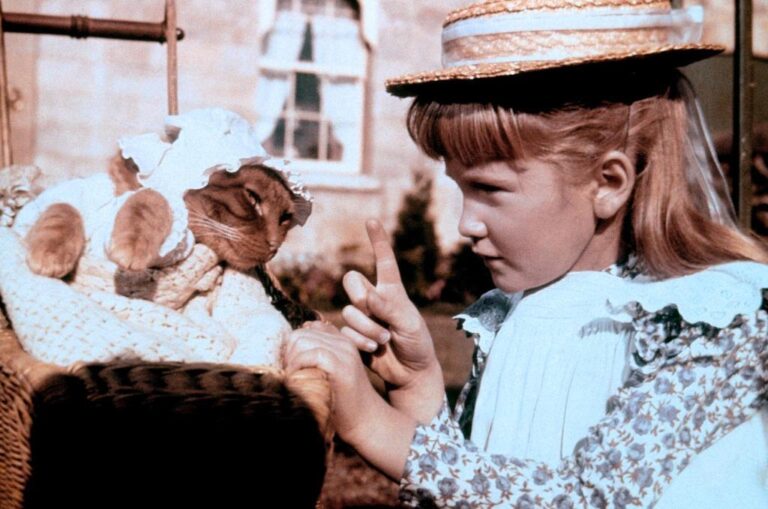The Case of the Black Cat (1936): Hollywood’s First Murder Mystery With a Cat
The Case of the Black Cat (1936) features Perry Mason and a cat named Clinker at the center of a bizarre murder mystery.
The Case of the Black Cat
Director: William C. McGann, Alan Crosland (uncredited)
Country: US
Many sources cite the 1934 film The Black Cat, featuring Boris Karloff and Bela Lugosi, as the first cat-centric horror movie. However, aside from the title and a brief mention, the film has nothing to do with cats. The 1936 whodunit The Case of the Black Cat features the first feline at the heart of a murder mystery. Although the promotion was tied to Edgar Allan Poe’s famous story “The Black Cat,” it is unrelated to his work. Instead, The Case of the Black Cat is based on Erle Stanley Gardner’s sixth Perry Mason novel, The Case of the Caretaker’s Cat.
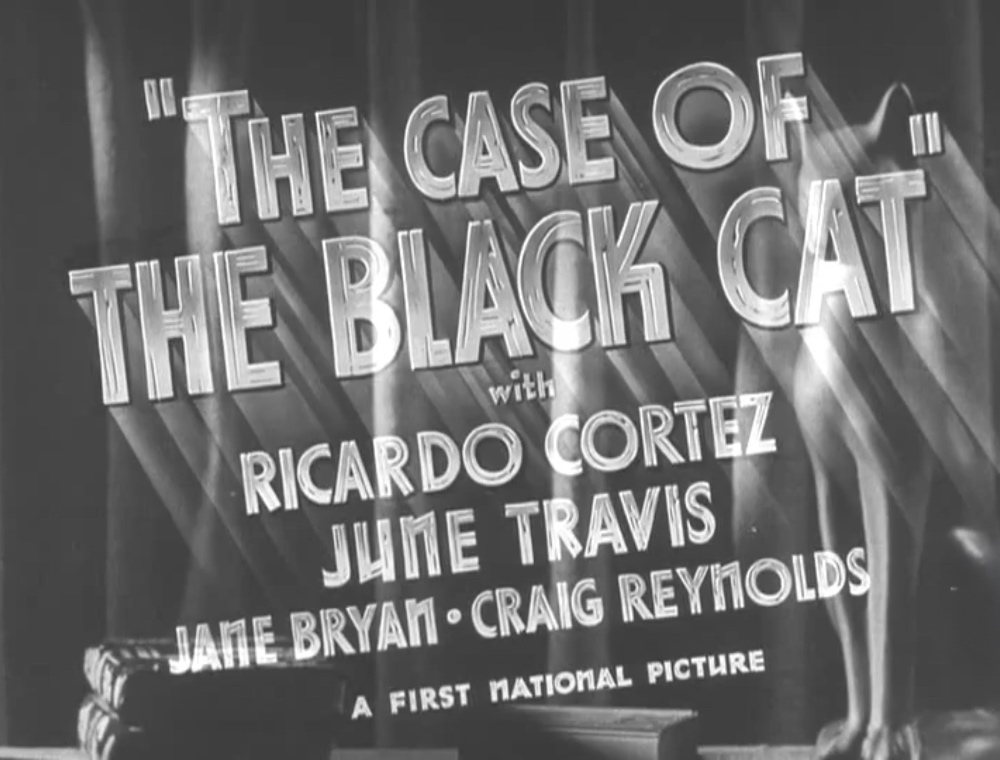
The Rise of Perry Mason novels
These novels were a significant cultural phenomenon in the 1930s. They are a series of detective stories focusing on the adventures of the titular character, a brilliant defense attorney. Mason is known for his cunning legal strategies and determination to ensure justice is served, often working closely with his secretary, Della Street, and private investigator, Paul Drake. The stories typically revolve around complex murder cases where Mason unveils the culprit through meticulous investigation and dramatic courtroom confrontations.
The first novel, The Case of the Velvet Claws, was released in 1933. Gardner published prolifically throughout the 1930s, with over 80 books in the series. The novels quickly gained popularity due to their fast-paced plots, clever legal maneuvering, and Mason’s charismatic character. The stories were a hit among readers, offering an engaging escape during the tough times of the Great Depression. Gardner’s experience as a lawyer added authenticity to the courtroom scenes, making the novels particularly appealing to those interested in legal dramas.

Many of these novels became bestsellers, and their success led to their adaptation into other media forms, notably radio and film. Several movies were produced during the 1930s and early 1940s, with different actors portraying the iconic lawyer. These films helped cement the character’s place in American popular culture and contributed to his enduring legacy.
The first adaptation was The Case of the Howling Dog (1934). After its success, Warner Bros. produced a total of six Perry Mason films between 1934 and 1937, including The Case of the Curious Bride (1935), The Case of the Lucky Legs (1935), The Case of the Velvet Claws (1936), The Case of the Black Cat (1936), and The Case of the Stuttering Bishop (1937).
Cast and Plot Twists in The Case of the Black Cat
Warren William starred as Mason in the first four films, with Ricardo Cortez taking over for The Case of the Black Cat. The story centers on a murder mystery that begins when Peter Laxter (Harry Davenport), a wealthy and cantankerous older man, calls Mason in the middle of the night, urgently requesting him to come over and change his will. Laxter intends to completely disinherit his granddaughter, Wilma (Jayne Bryan), so she can discover if any man, especially her fiancé, Douglas Keene (Carlyle Moore Jr.), is interested in her for reasons other than the fortune she stands to inherit. This change leaves his two grandsons, Sam and Frank (Bill Elliot and Craig Reynolds), as the sole beneficiaries of his estate. However, they can only inherit the fortune if they reside in his mansion for a specified period and continue to employ Charles Ashton (George Rosener), the caretaker, who must always be allowed to keep his cat, Clinker, with him. This condition proves challenging, as Frank despises the noisy feline and has already threatened to kill it.
Shortly afterward, Laxter dies in a fire that breaks out in his bedroom. Everybody is calling it an accident. But maybe it was murder.

The caretaker visits Mason, worried that Sam might kill Clinker. He wants to hire Mason as the pet’s attorney to protect his beloved pet and is willing to spend significant money. But how does a man who earns $50 a month as a caretaker have such a large sum of money? Why did he open a safety deposit box at the bank to safeguard that money just one month before Laxter passed away? And why did he rent an adjacent box for his half-brother, Watson Clammert?
This decision to protect Clinker enrages Sam, who sends his attorney, Mr. Shuster (Clarence Wilson), to inform Mason that he will only leave Clinker alone if Wilma agrees to the will and does not receive any money.
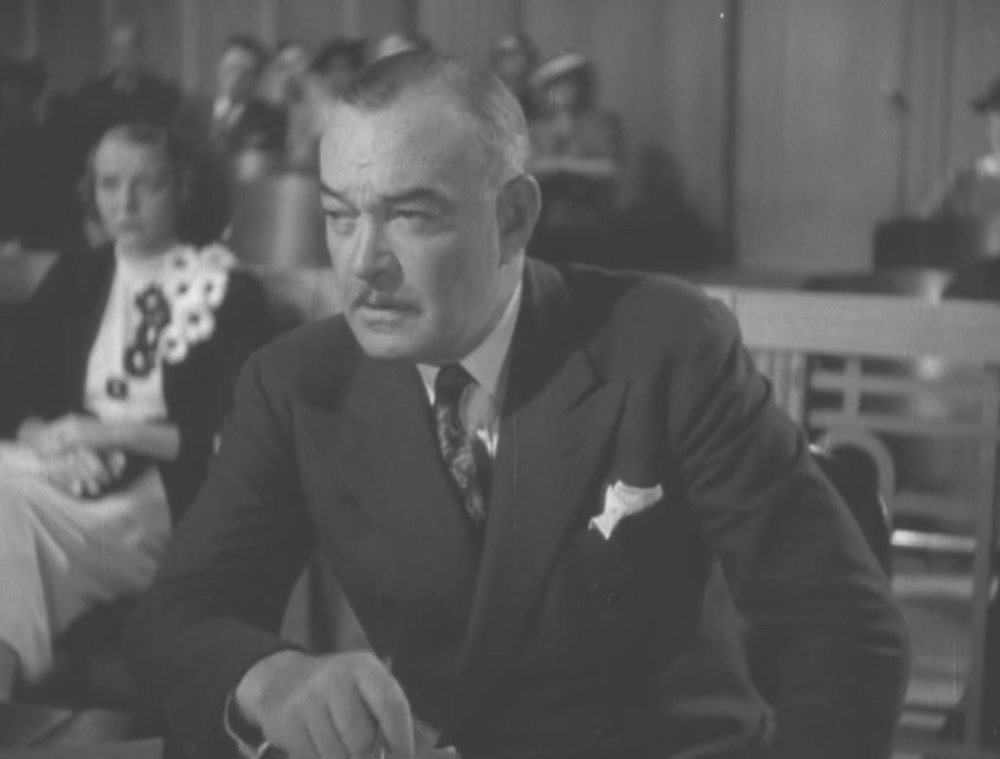
It does not take long before Clinker leaves a trail of death in its wake. The caretaker is found dead in his bed, with what appear to be cat scratches on his face. When Mason visits Wilma, she has Clinker in a cage, explaining that Douglas brought the cat over. The caretaker had called her earlier, worried about Clinker, and asked if she could look after him for a few days. Mason then entrusts the animal to Laxter’s former nurse, Louise De Voe (Nadda Harrigan), asking her to care for it for a few days. But when he returns, she is dead, and the cat has disappeared.
Everything seems to point to Keene being guilty, but Mason believes otherwise. He is confident that Clinker will not only save Keene’s life but also help them uncover the real murderer—a fact that will be proven in court.
The Enduring Legacy of Perry Mason
While The Case of the Black Cat was not a major success, it was well-received as a solid entry in the series, benefiting from the popularity of the main character, who was already well-known from Gardner’s novels. However, after the sixth film, there was a long hiatus in Perry Mason adaptations for the big screen, mainly due to Warner Bros.’ shift toward producing cheaper B-movies, the rising popularity of other genres, and the character’s successful transition to radio. These changes in the industry made continuing the film series less appealing. It was not until the advent of television that the character found a new home. In 1957, he was famously revived in the television series Perry Mason, starring Raymond Burr, which became one of the most iconic legal dramas in TV history. The show ran for nine seasons until 1966 and was followed by numerous TV movies in the 1980s and 1990s, further solidifying Mason’s legacy as a cultural icon. Clinker, too, found its way into this series, as its story was told in the episode “The Case of the Caretaker’s Cat,” which is part of the second season.
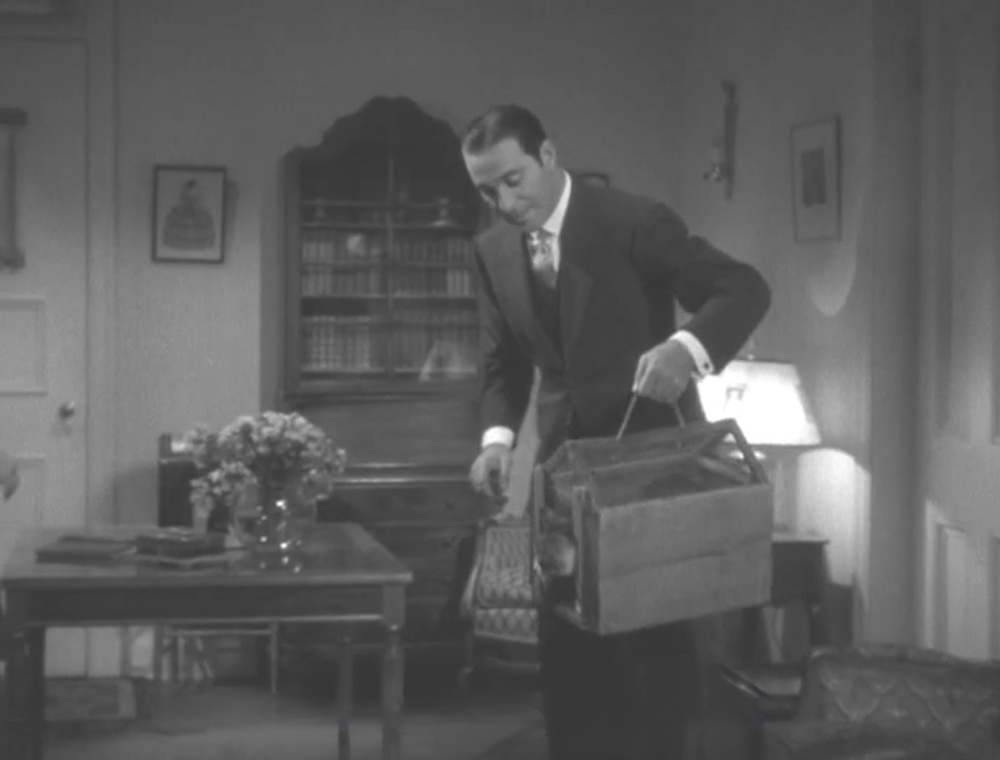
Where to watch The Case of the Black Cat (1936)
The Perry Mason Mysteries: The Original Warner Bros. Movies Collection DVD box containing The Case of the Black Cat (1936) is currently available through Amazon.
This essay on The Case of the Black Cat (1936) was previously published in the book Meow! Cats in Horror, Sci-Fi, and Fantasy Movies.
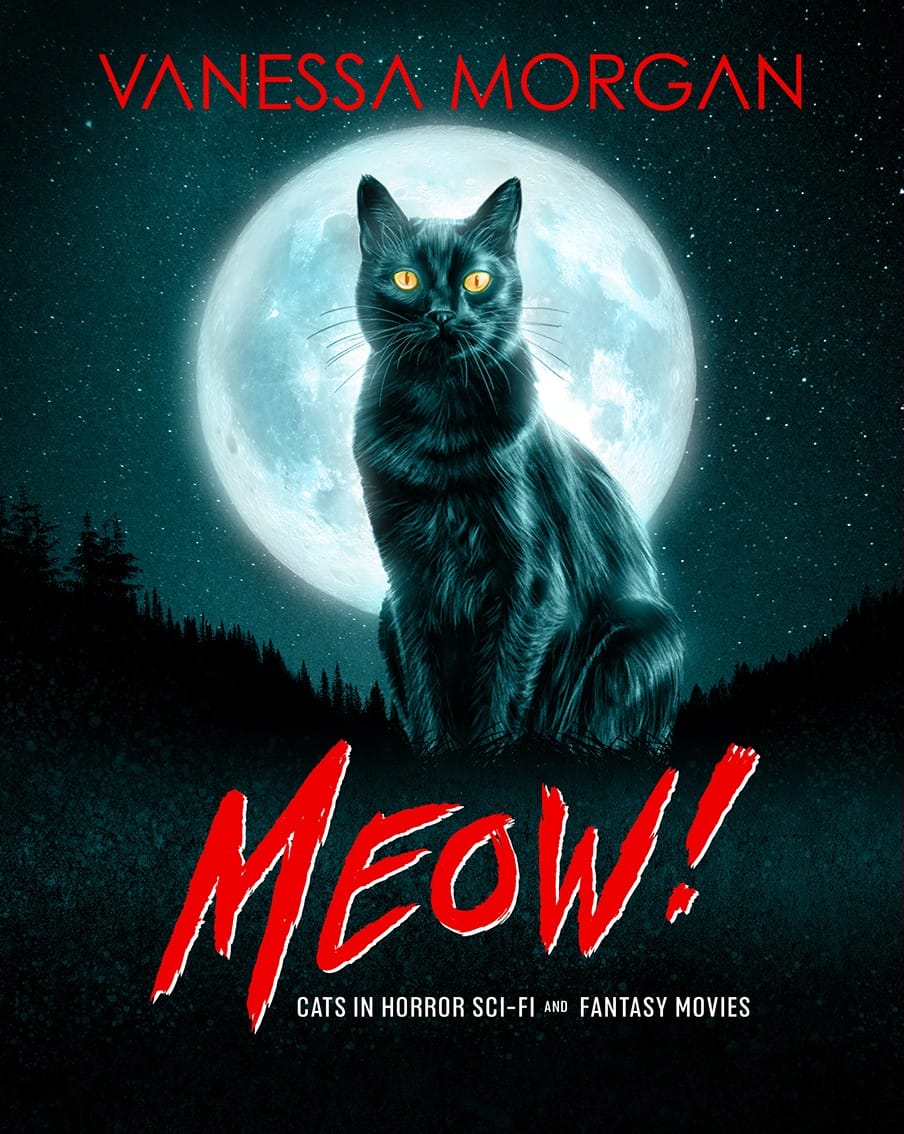
About the author
Vanessa Morgan is the editor of When Animals Attack: The 70 Best Horror Movies with Killer Animals, Strange Blood: 71 Essays on Offbeat and Underrated Vampires Movies, Evil Seeds: The Ultimate Movie Guide to Villainous Children, and Meow! Cats in Horror, Sci-Fi, and Fantasy Movies. She also published one cat book (Avalon) and four supernatural thrillers (Drowned Sorrow, The Strangers Outside, A Good Man, and Clowders). Three of her stories became movies. She introduces movie screenings at several European cinemas and film festivals and is also a programmer for the Offscreen Film Festival in Brussels. When she is not writing, you will probably find her eating out or taking photos of felines for her website, Traveling Cats.
Pin the movie poster!
